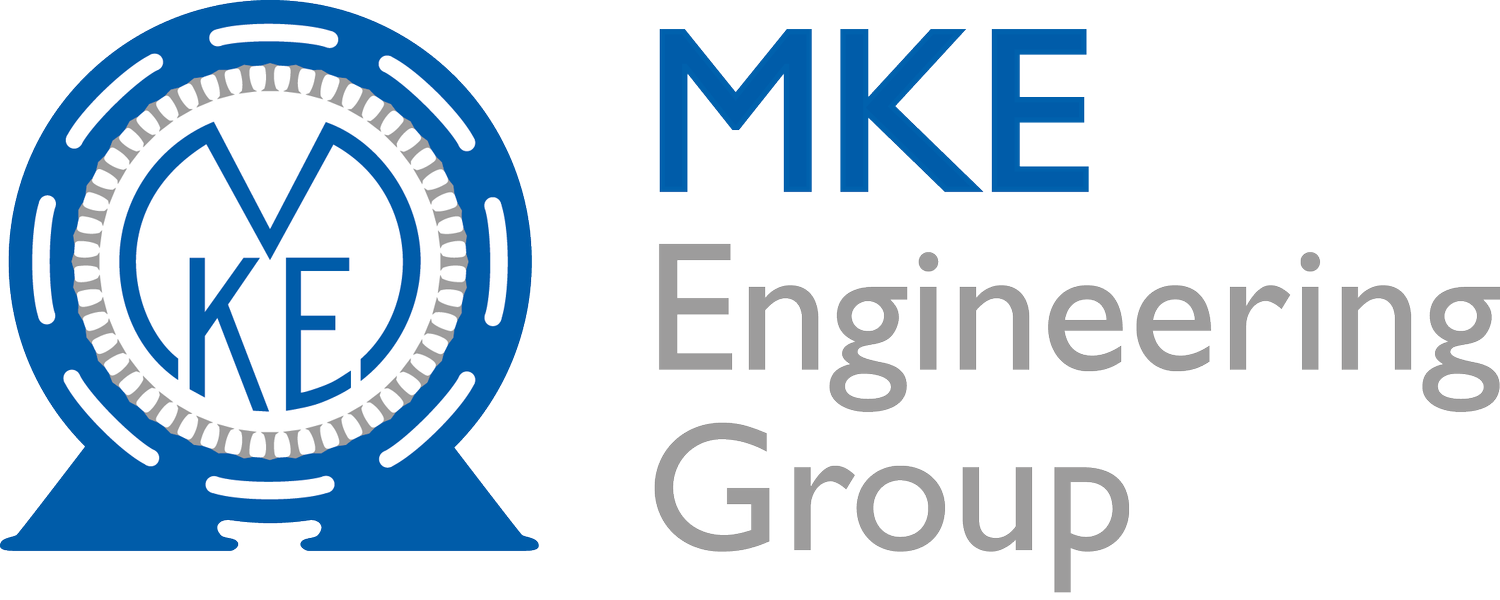The Importance of Motor Alignment: Enhancing Efficiency & Reliability
Proper motor alignment is a fundamental aspect of maintaining and optimising the performance of rotating equipment. Misalignment between a motor and its driven machine can cause a myriad of issues, including vibrations, premature wear and tear, motor failure, and reduced efficiency.
As a leading engineering company in Kent, MKE Engineering Group is well-versed in the importance of motor alignment, offering specialised services to ensure the ongoing efficiency and reliability of your engineering assets.
This comprehensive guide will delve into the significance of motor alignment, consequences of poor alignment, and the benefits of maintaining proper alignment as part of your organisation's maintenance strategy. Rely on MKE Engineering Group's expertise to demonstrate how prudent motor alignment practices can contribute to your enterprise's engineering performance and long-term success.
Types of Motor Misalignment
Understanding the various types of motor misalignment is crucial to diagnosing alignment issues and implementing corrective measures. Motor misalignment can be broadly classified into the following categories:
Angular Misalignment: In angular misalignment, the motor and driven equipment shafts converge at an angle other than 180 degrees when viewed from the side. This results in uneven force distribution, causing vibrations and excessive stress on the shafts and bearings.
Parallel (or Offset) Misalignment: Parallel misalignment occurs when the motor and driven equipment shafts are parallel but displaced horizontally or vertically. This leads to an uneven load and increased wear on the coupling, bearings, and seals.
Combined Misalignment: Combined misalignment is a combination of both angular and parallel misalignment and can be more challenging to diagnose and rectify.
Consequences of Poor Motor Alignment
Misalignment of motor shafts can lead to several undesirable consequences that adversely affect equipment performance, efficiency, and reliability. These include:
Increased Energy Consumption: Poor motor alignment can lead to inefficient power transfer and increased energy consumption, resulting in higher operating costs and a larger carbon footprint.
Premature Component Wear: Misaligned shafts and couplings can cause abnormal stress on motor bearings, seals, and other components, leading to accelerated wear and a higher likelihood of failure.
Reduced Equipment Lifespan: The increased stress and wear due to misalignment can shorten the service life of the motor and driven equipment, resulting in more frequent replacements and higher maintenance costs.
Increased Vibration and Noise: Misalignment can cause increased vibration levels and noise emissions, adversely affecting the work environment and potentially causing damage to the surrounding equipment.
Production Downtime: Unaddressed misalignment issues can lead to unexpected equipment failure and production downtime, costing your organisation valuable time and resources.
Motor Alignment Techniques
There are numerous motor alignment techniques available to ensure proper alignment between the motor and driven equipment shafts. Some common methods include:
Straight Edge and Feeler Gauge Method: This traditional technique involves using straight edge and feeler gauges to visually and physically check the alignment of the motor and its driven equipment.
Dial Indicator Method: Dial indicators are mechanical devices with a gauge that measures misalignment by tracking the shaft, coupling, or other components' motion. Measurements are made at different points around the circumference of the shafts and compared to determine angular and parallel misalignment.
Laser Alignment Method: Laser alignment tools use laser beams to measure and display shaft alignment with high precision. This method offers increased accuracy, ease of use, and the ability to provide real-time measurements for quick adjustments.
Benefits of Proper Motor Alignment
Maintaining proper motor alignment offers numerous benefits that contribute to the efficiency, reliability, and longevity of your engineering assets:
Energy Efficiency: Properly aligned motors and driven equipment ensure efficient power transfer, reducing energy consumption and associated costs.
Increased Component Life: Accurate alignment reduces stress on bearings, seals, couplings, and other components, resulting in decreased wear and prolonging their service life.
Reduced Vibration and Noise: Properly aligned motor shafts lead to smoother operation, diminishing vibration and noise levels, contributing to a better work environment and decreased risk of damage to surrounding equipment.
Enhanced Equipment Reliability: Adequate motor alignment minimises the risk of unexpected failures and production stoppages, increasing overall equipment reliability.
Lower Maintenance Costs: By reducing the frequency of component replacements and unexpected failures, proper motor alignment helps to keep maintenance costs in check.
Implementing a Motor Alignment Strategy
An effective motor alignment strategy should be an integral part of any organisation's predictive maintenance programme, and may involve the following steps:
Regular Inspections: Routinely inspect motors and driven equipment for visible signs of misalignment or related issues, such as uneven wear patterns on bearings and couplings.
Proactive Alignment: Perform alignment checks and corrective actions during routine maintenance, equipment installation, or after major repairs to prevent alignment-related issues from manifesting.
Use of Advanced Technologies: Employ modern alignment techniques, such as laser alignment systems, to achieve greater precision and facilitate quicker and more accurate alignment tasks.
Training and Expertise: Ensure that personnel responsible for motor alignment activities have the necessary training, skills, and experience to carry out the tasks effectively.
Secure Peak Performance with MKE Engineering Group's Motor Alignment Services
Embracing the importance of proper motor alignment paves the way for enhanced efficiency, reliability, and longevity of your engineering assets. As a leading engineering company in Kent, MKE Engineering Group offers comprehensive motor alignment solutions and support to organisations striving for engineering excellence. Ensure smooth operations and reduce downtime by relying on MKE Engineering Group's alignment expertise to propel your assets towards sustained peak performance.
In addition to motor alignment services, MKE Engineering Group provides a complete range of engineering solutions, catering to your organisation's diverse needs. Entrust MKE Engineering Group with your motor alignment requirements, and benefit from our unwavering dedication to delivering superior engineering solutions. Contact MKE Engineering Group today, and let us craft a tailored alignment strategy to optimise your engineering assets and meet your business objectives.

